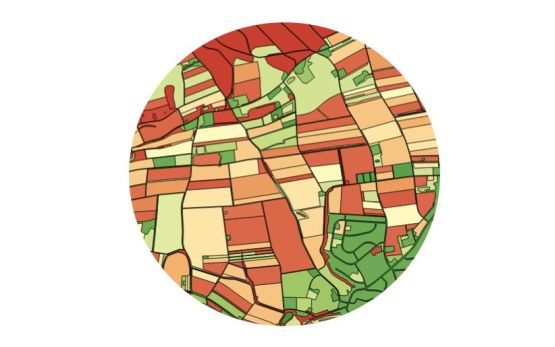Working with strawberry crops as an example, we investigate what natural resources are required by beneficial insects (bumblebees, wild bees, ladybirds, hoverflies) in order to exercise their pollination and pest-control functions in crops. For this, we determine the resources that they use via e.g. pollen analysis or gut-content analysis, and then map the landscapes from the perspective of the insects (‘resource maps’). Based on this, we will attempt to improve the range of available resources in a concerted manner with flower strips.
In the first year of the project, the resources required by selected bumblebees, solitary bee species and predator insects will be identified. By analysing the pollen found on pollinators and beneficial insects caught in the field, we shall be able to determine the plant species they have visited. Molecular methods will be used to analyse the gut contents of ladybirds, thereby determining the prey (aphid species) consumed by them.
In the second year, these resources in the countryside surrounding selected agricultural crops will be mapped. To do this, we will use a combination of aerial photos (taken by drones) and field work. The test areas will have a landscape gradient: (i) landscapes that have abundant resources in the spring, allowing pollinators and beneficial insects to make an early start in building up their populations; (ii) landscapes in which these resources are present at the same time as in the crop, and in which the crop has need of pollination or pest control; and (iii) landscapes without alternative resources. The incidence of pollinators and beneficial insects as well as the ecosystem services provided by them will be measured.
In the third year, we will attempt to increase the availability of resources by sowing flower strips near the strawberry fields. The effects of these flower strips on pollinators and beneficial insects as well as on their effectiveness will be studied.
Recommendations for improved management and agro-environmental measures for promoting functional biodiversity and ecosystem services in the agricultural landscape will be derived from the findings.
The ‘FRAGMENT III’ Project will be conducted in collaboration with the University of Koblenz-Landau and further partners, and supported by the SNSF and the DFG (German Research Foundation). Publications from the earlier phases of the FRAGMENT Projects can be found here.







